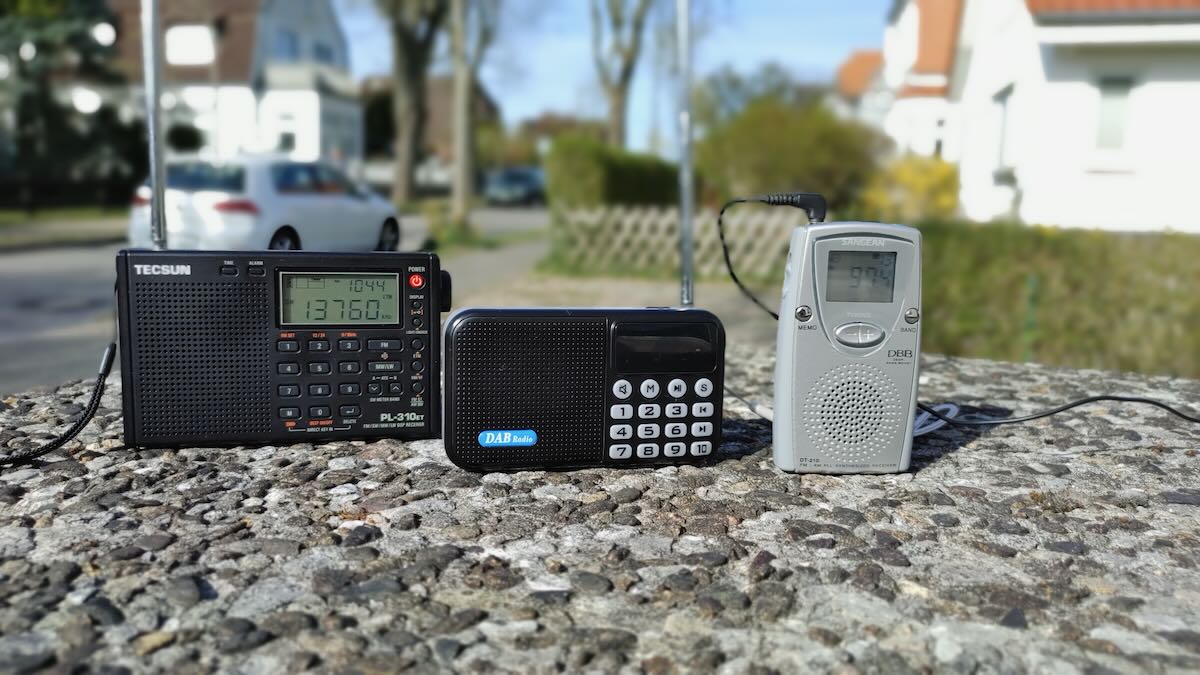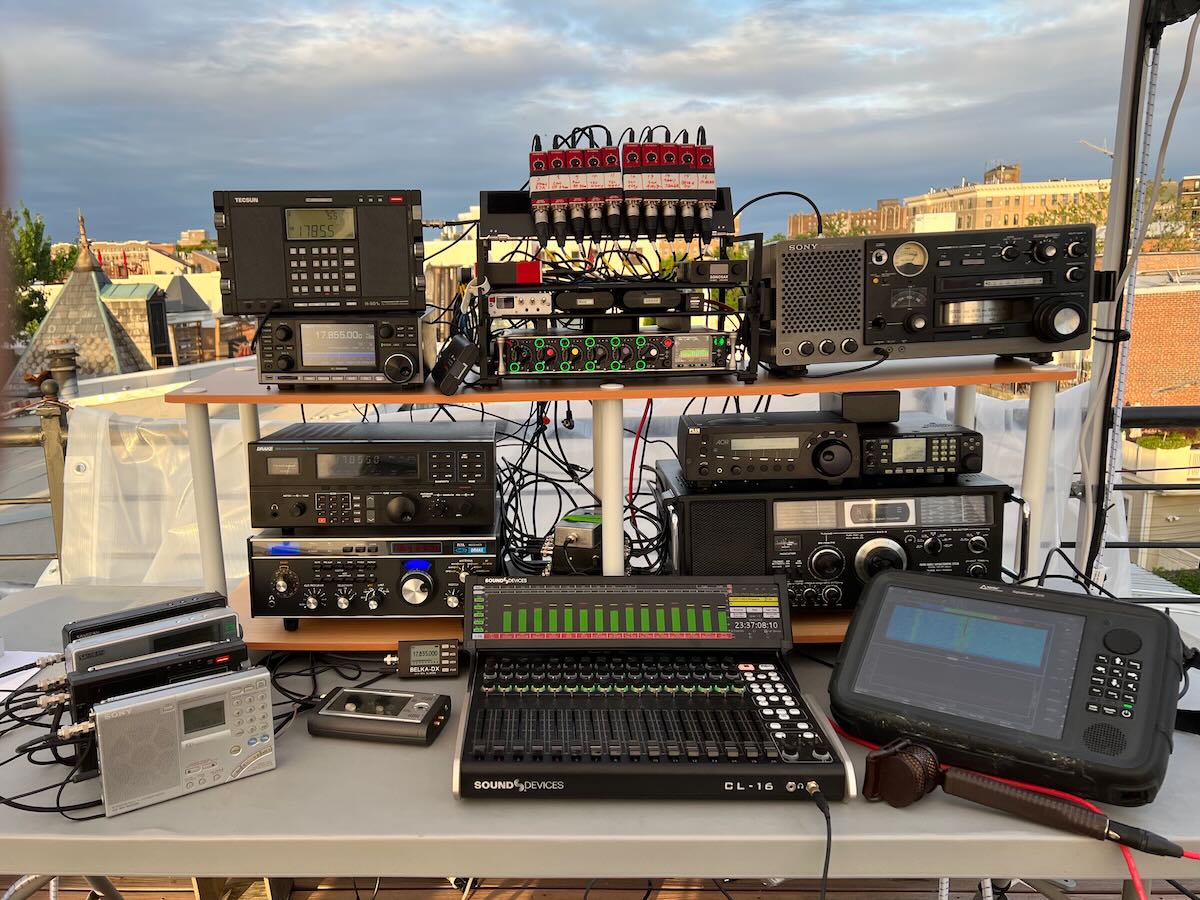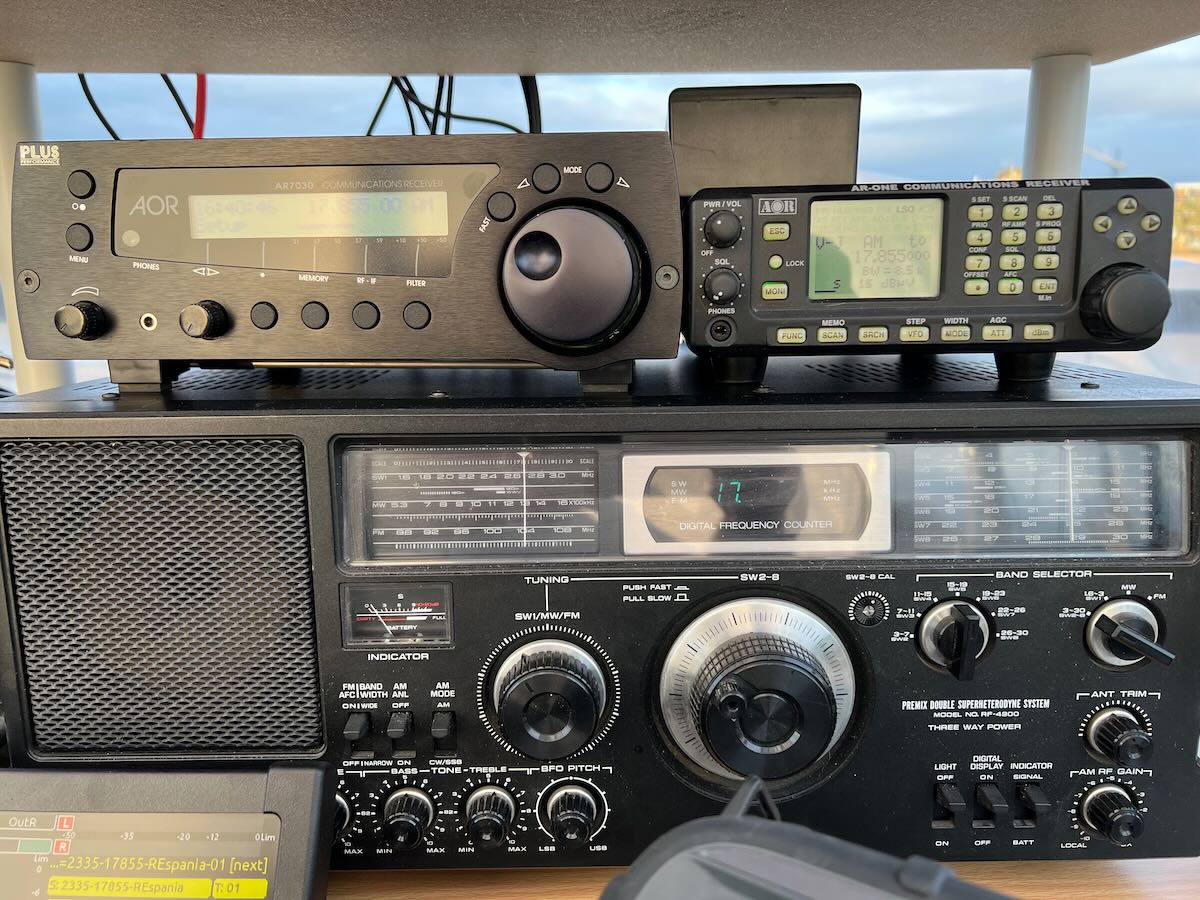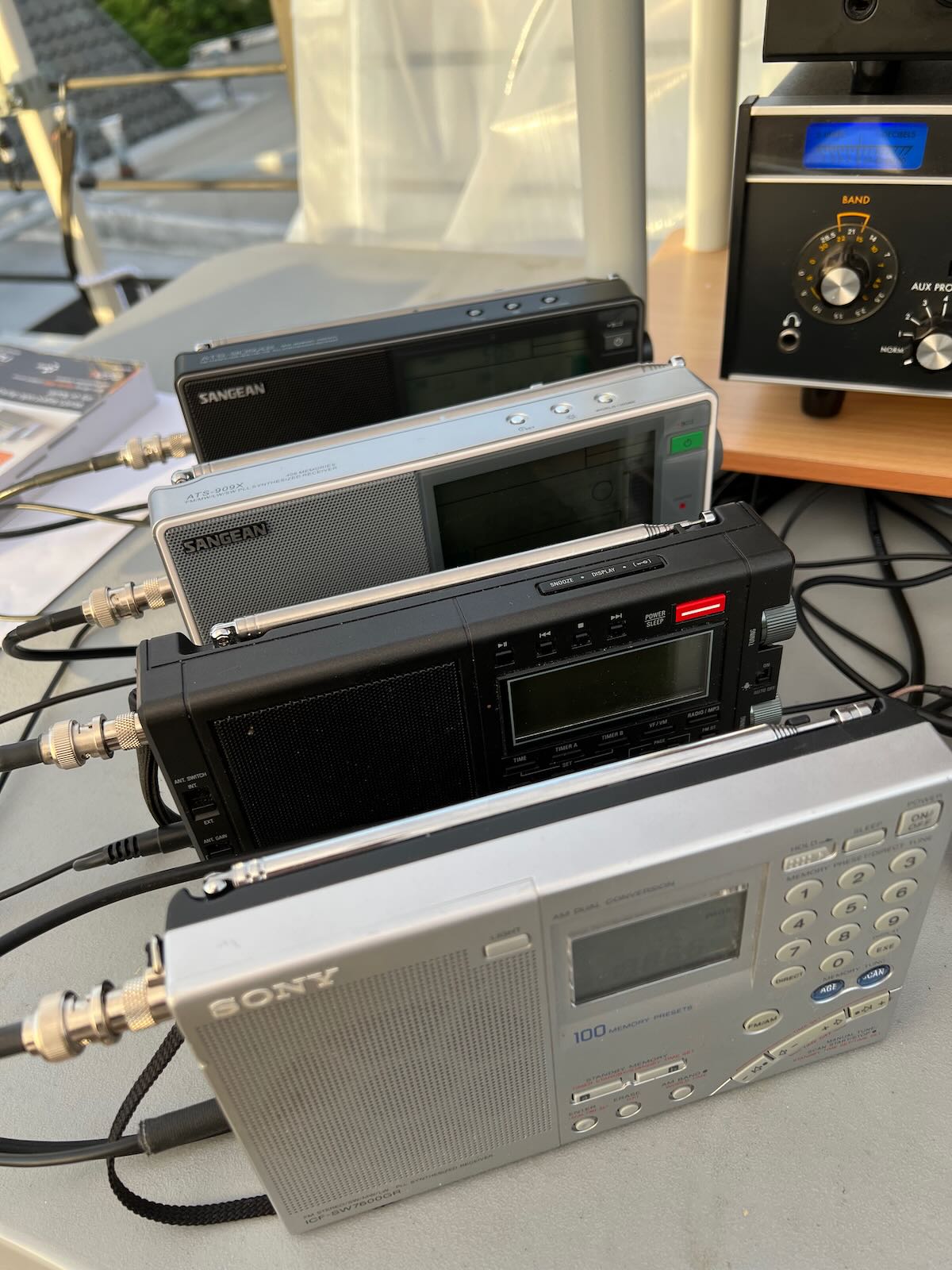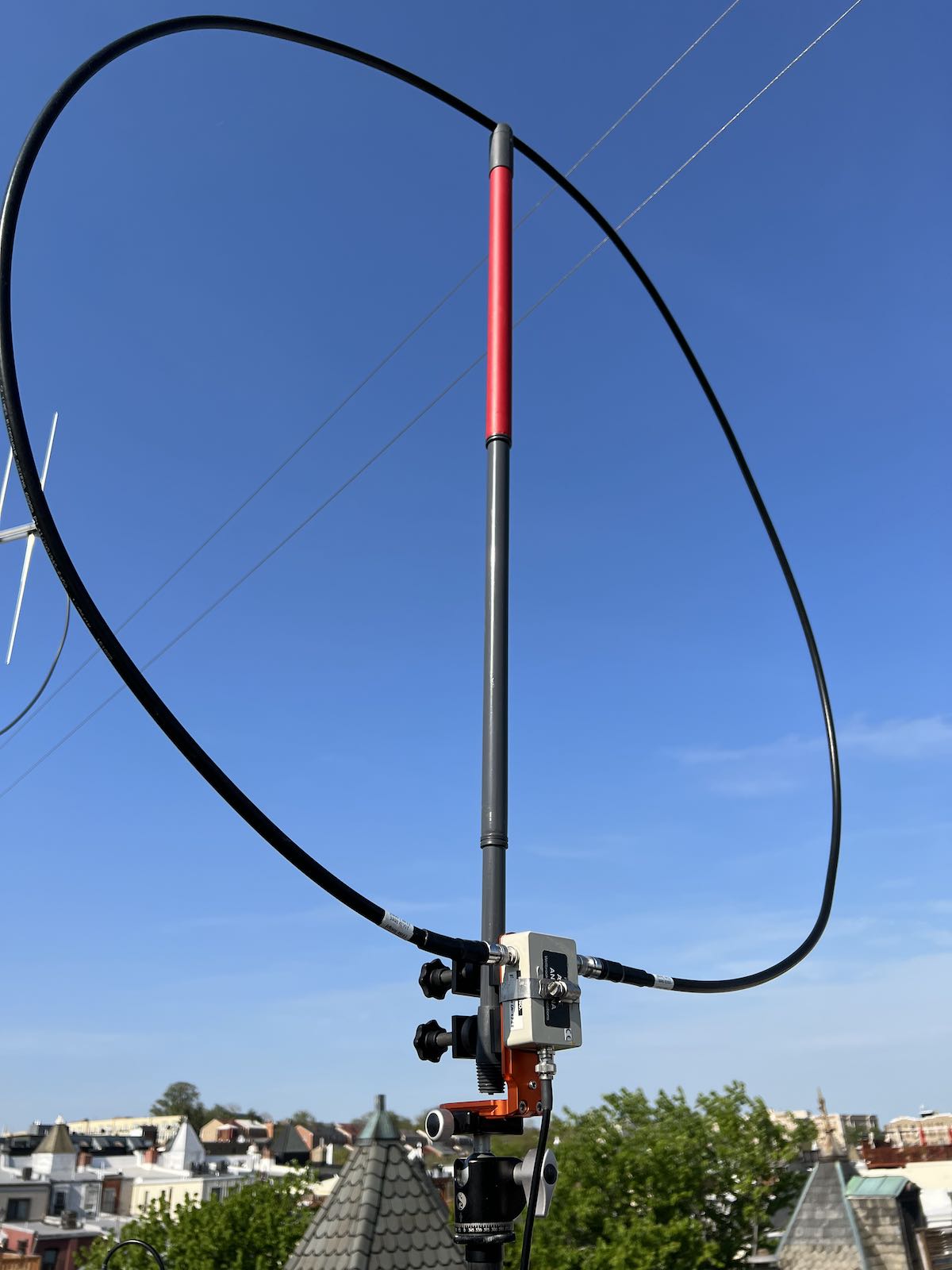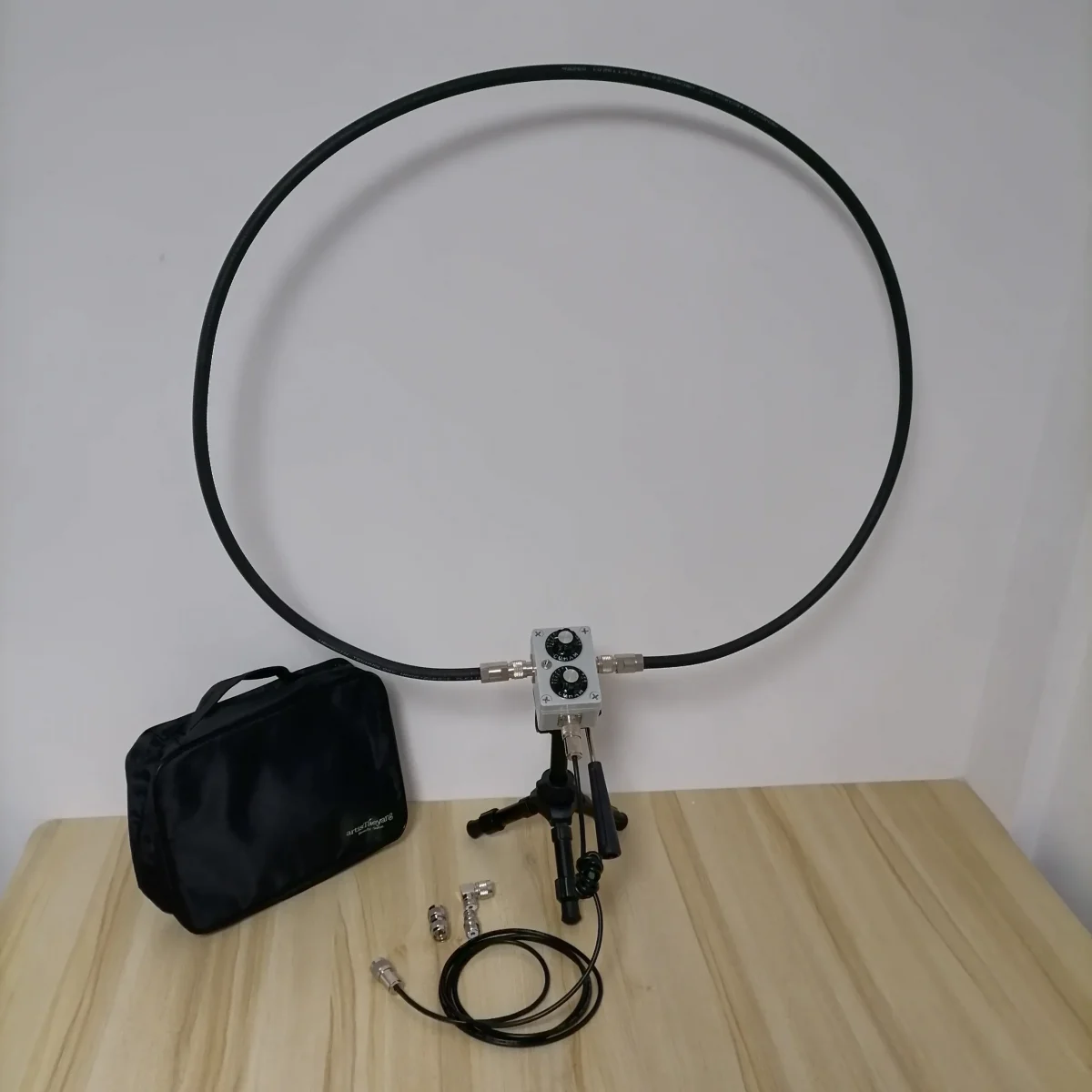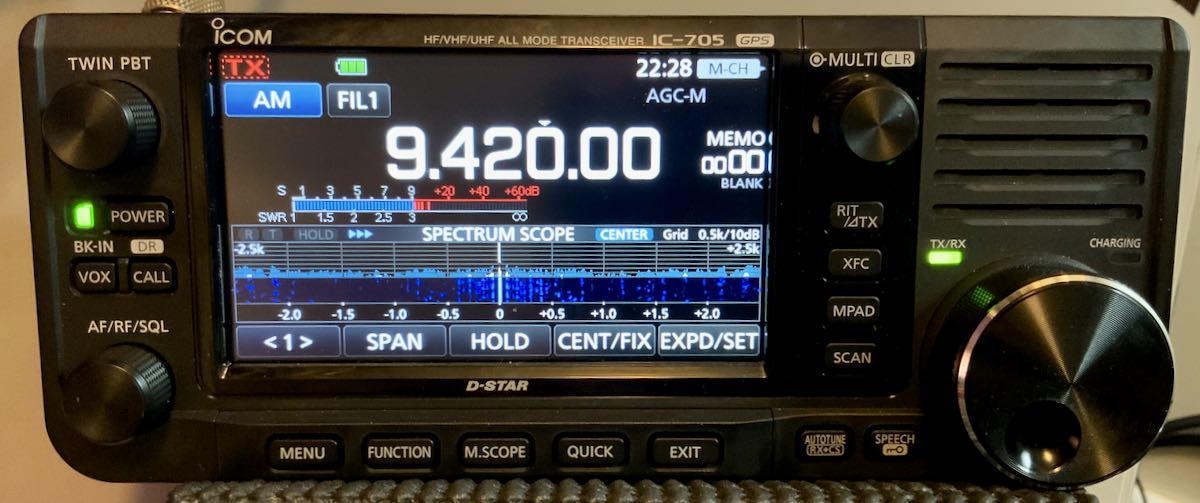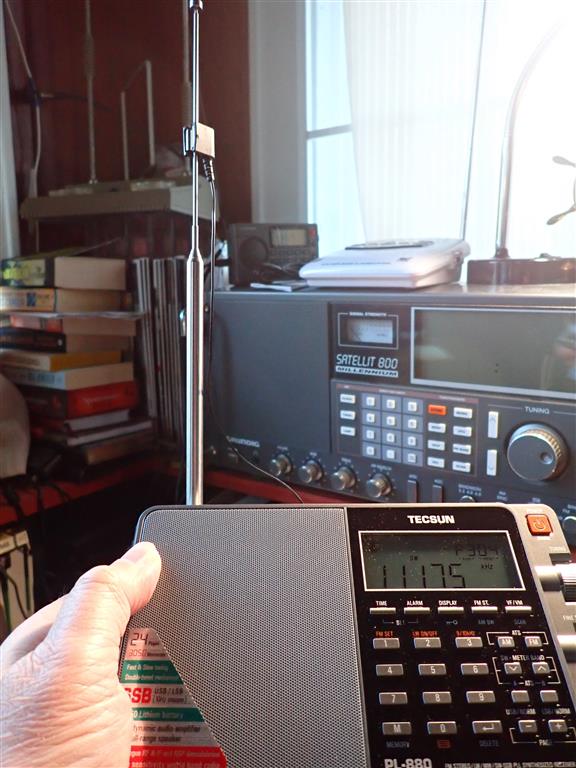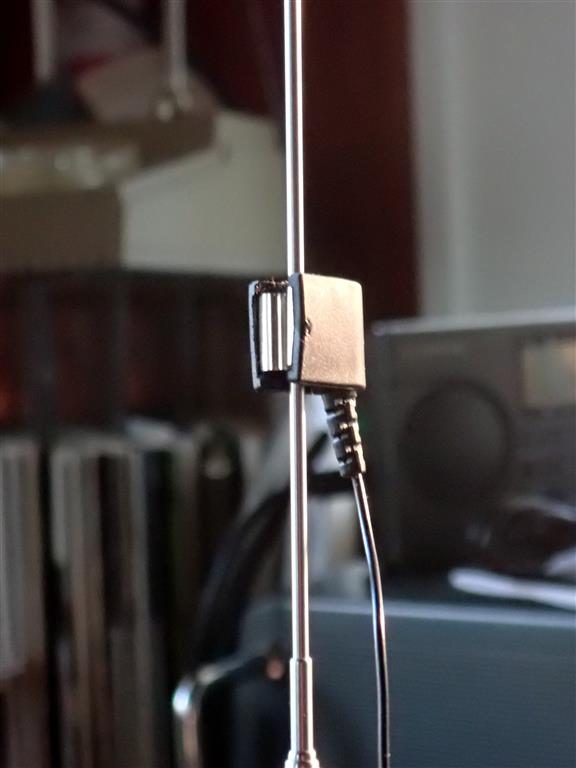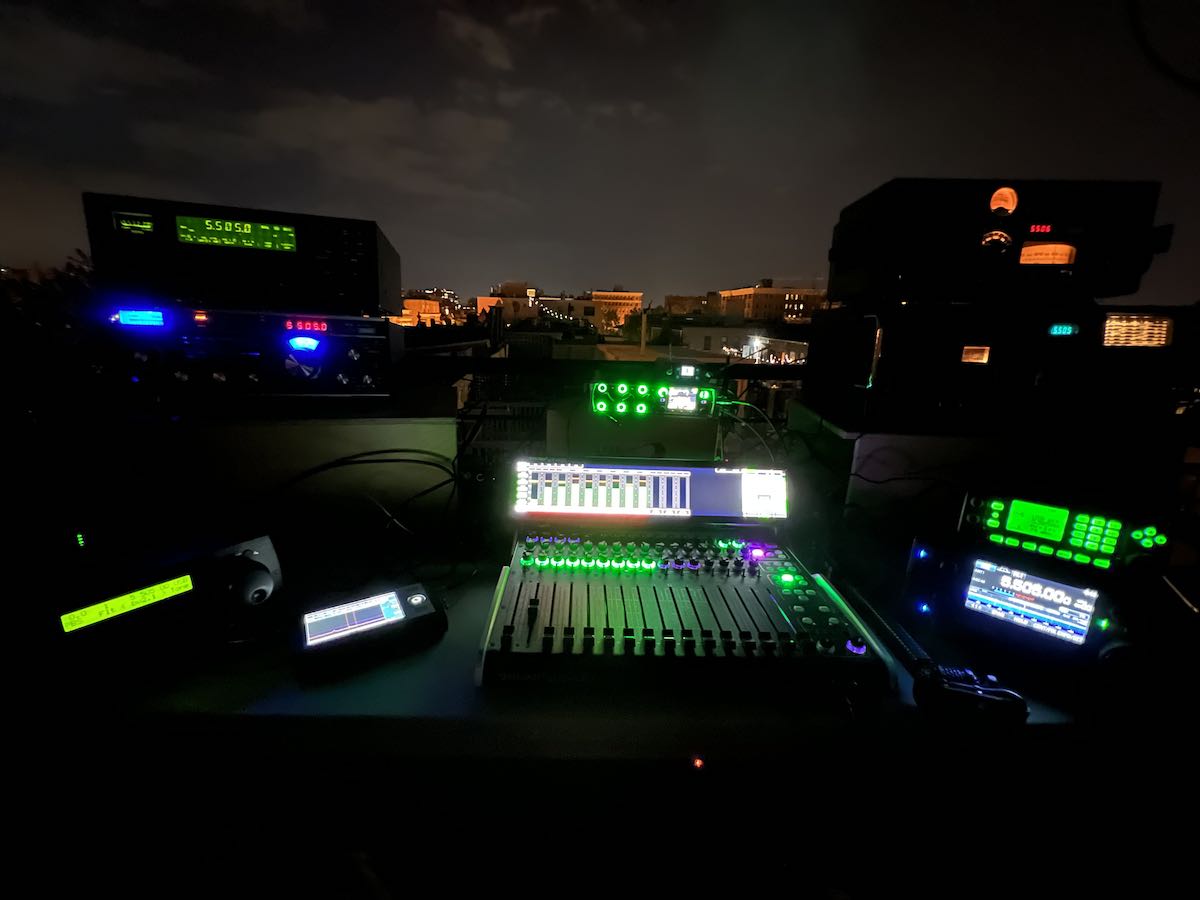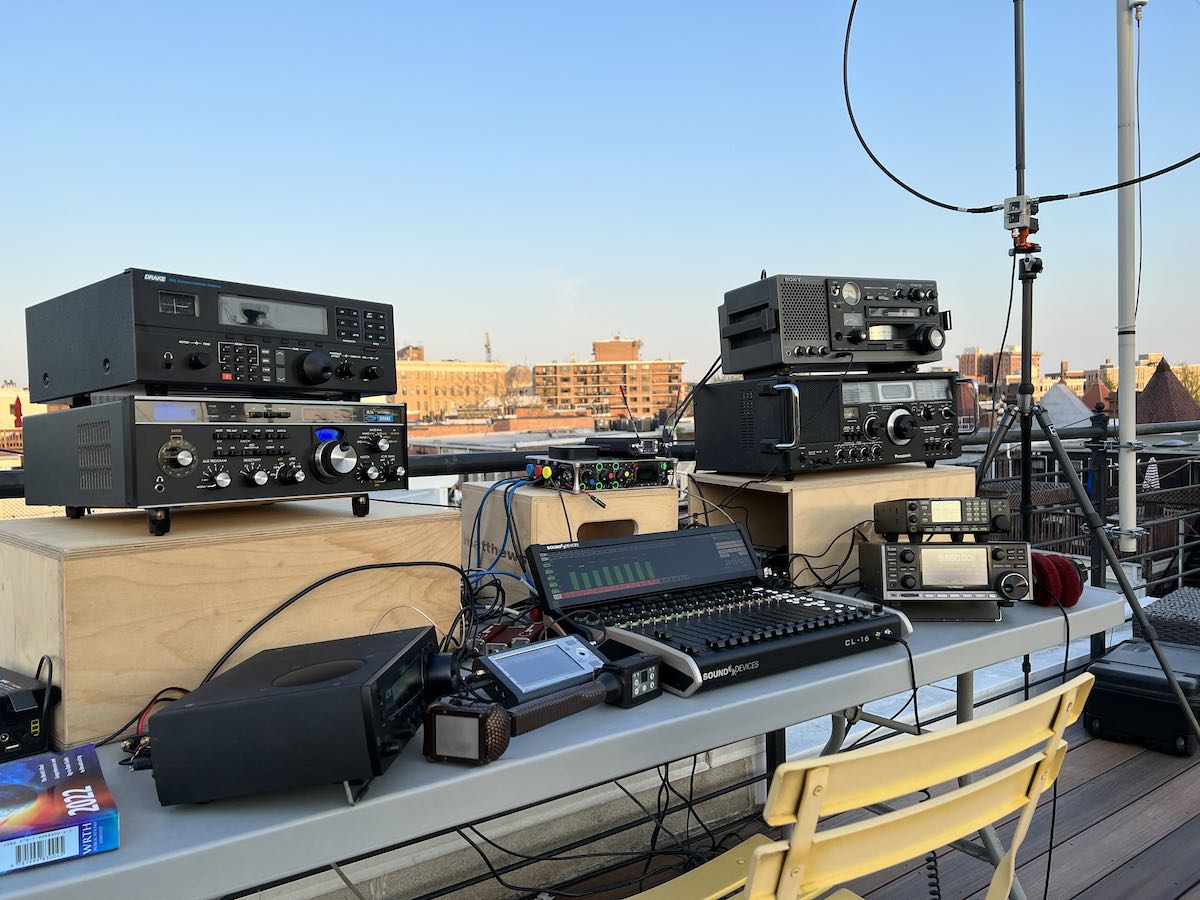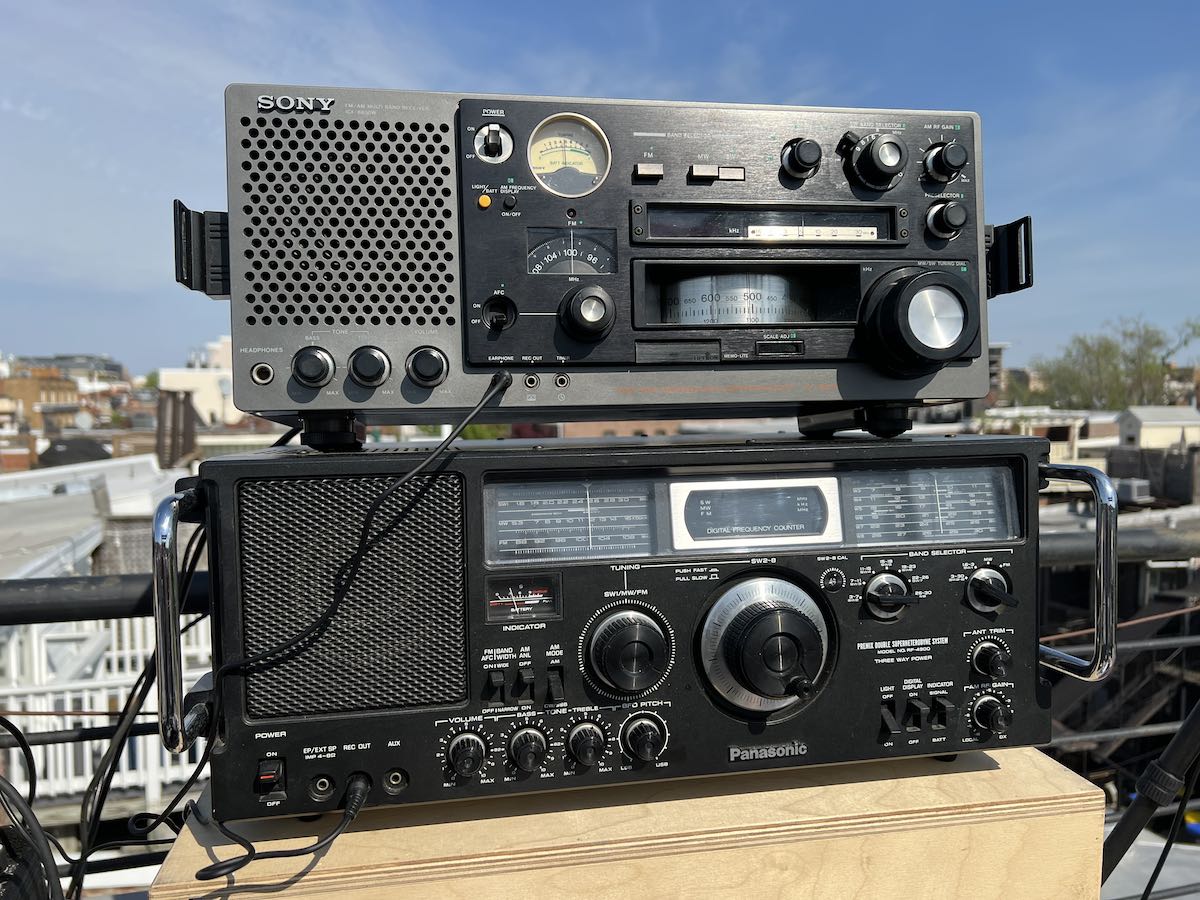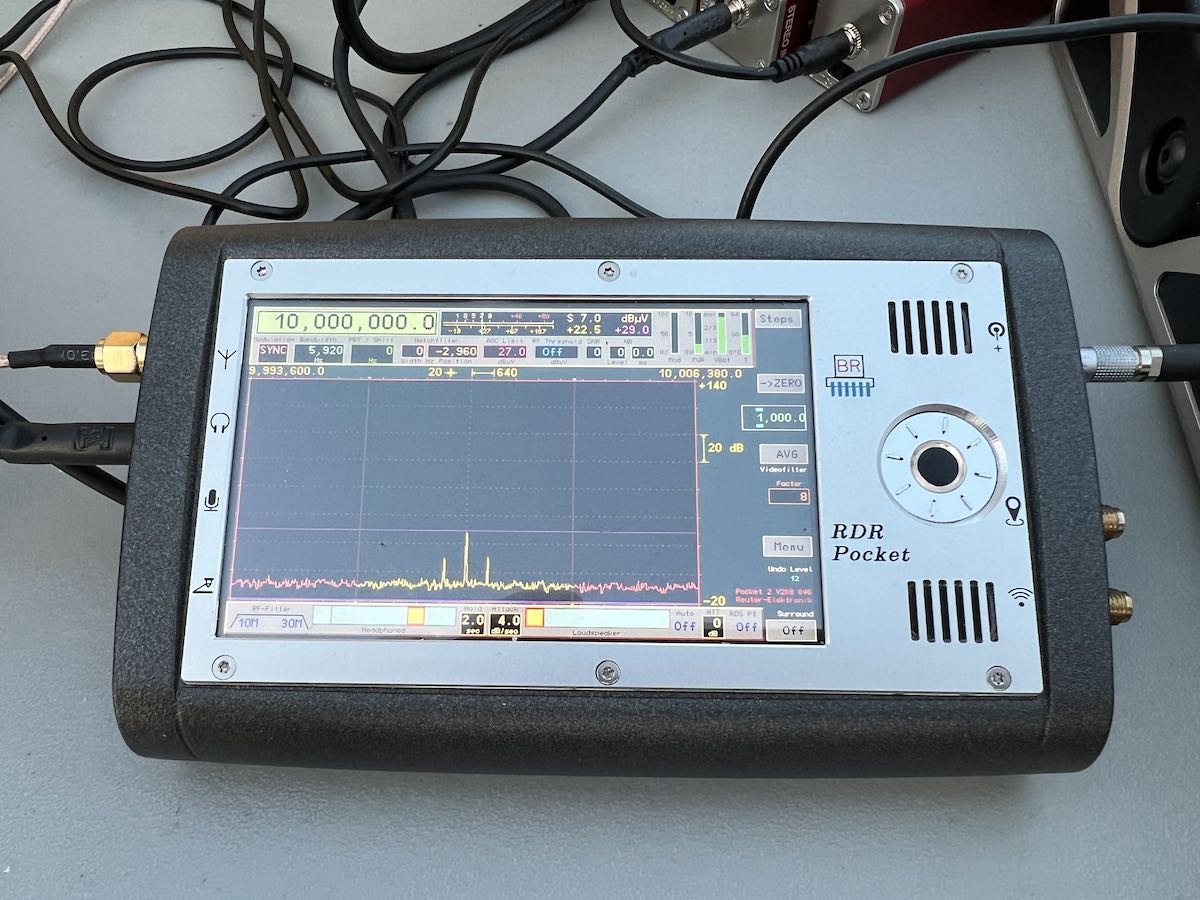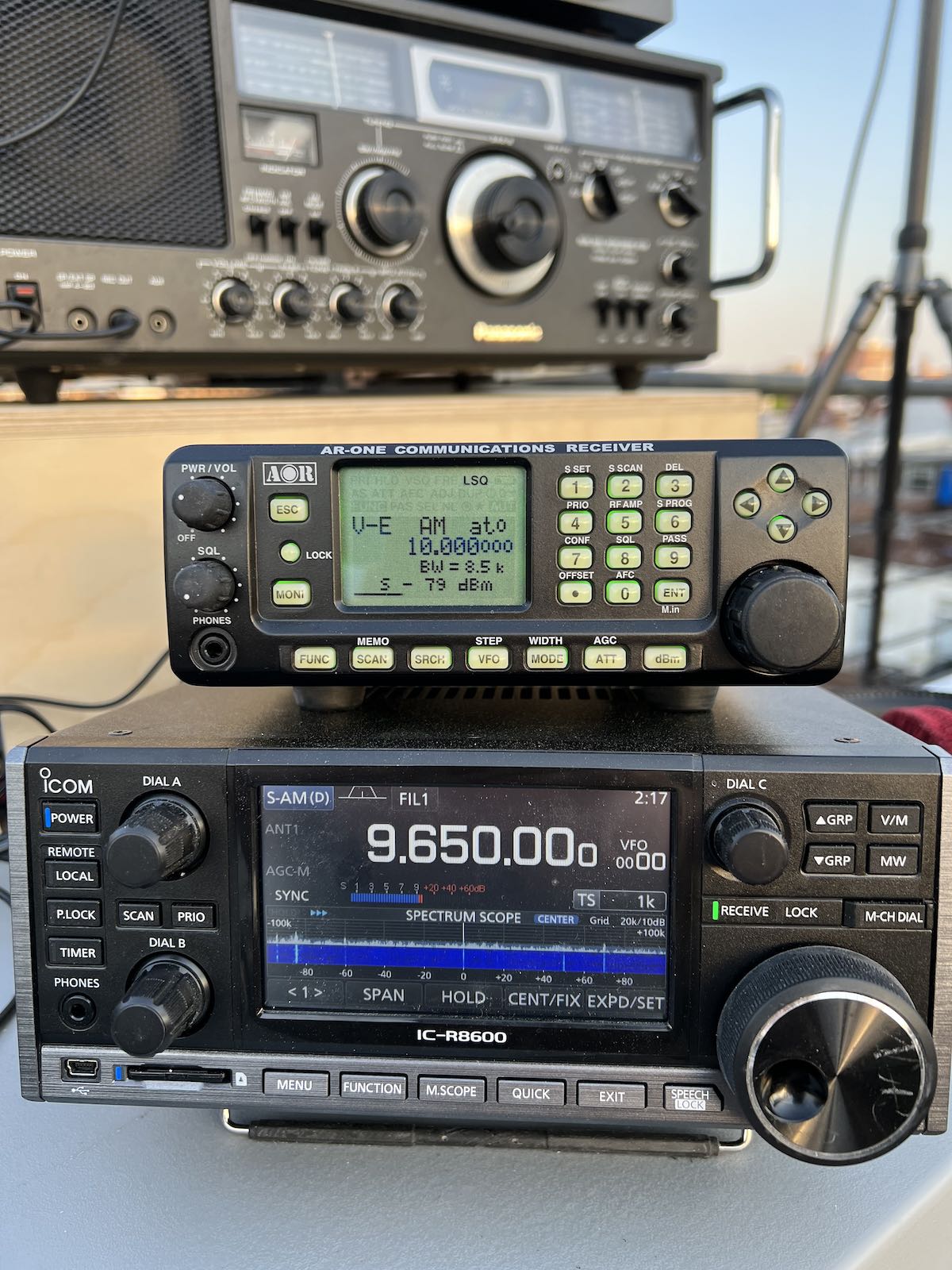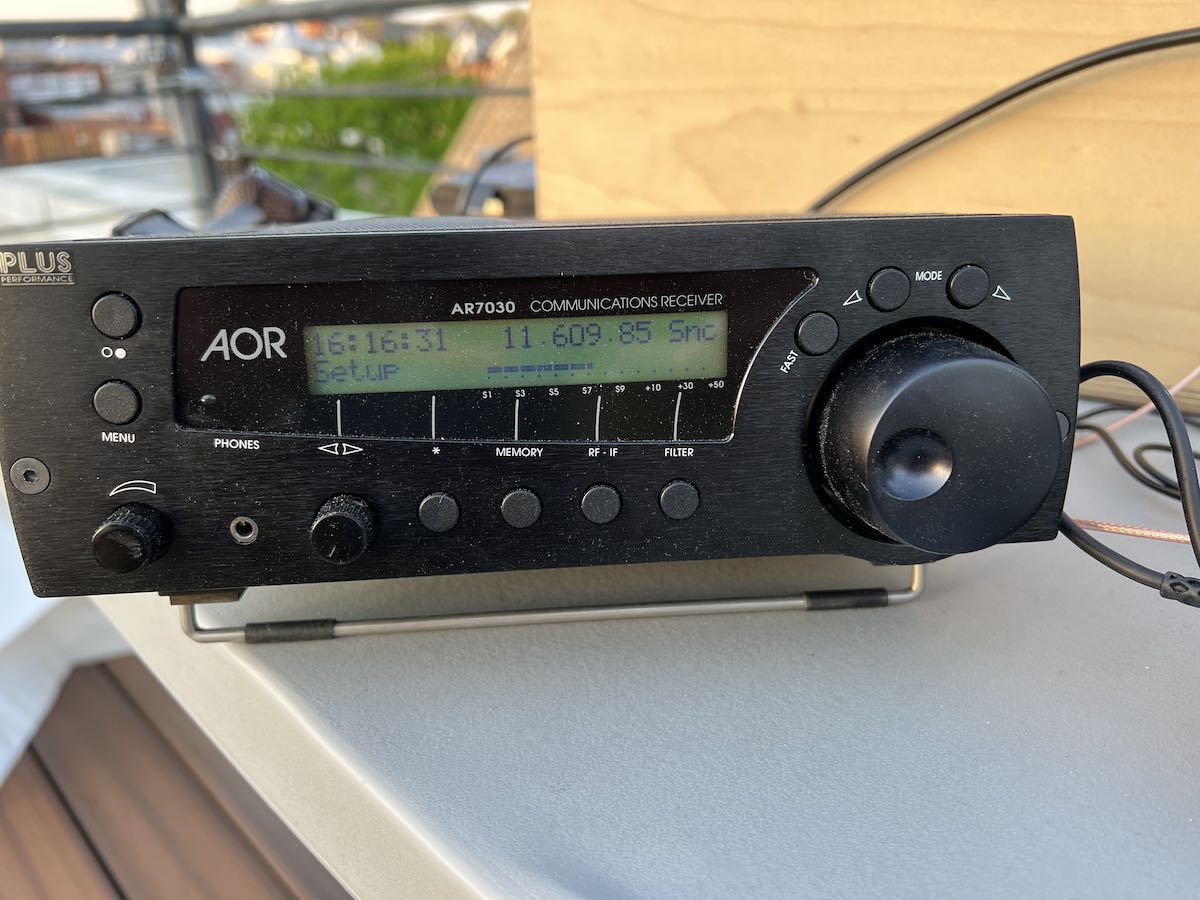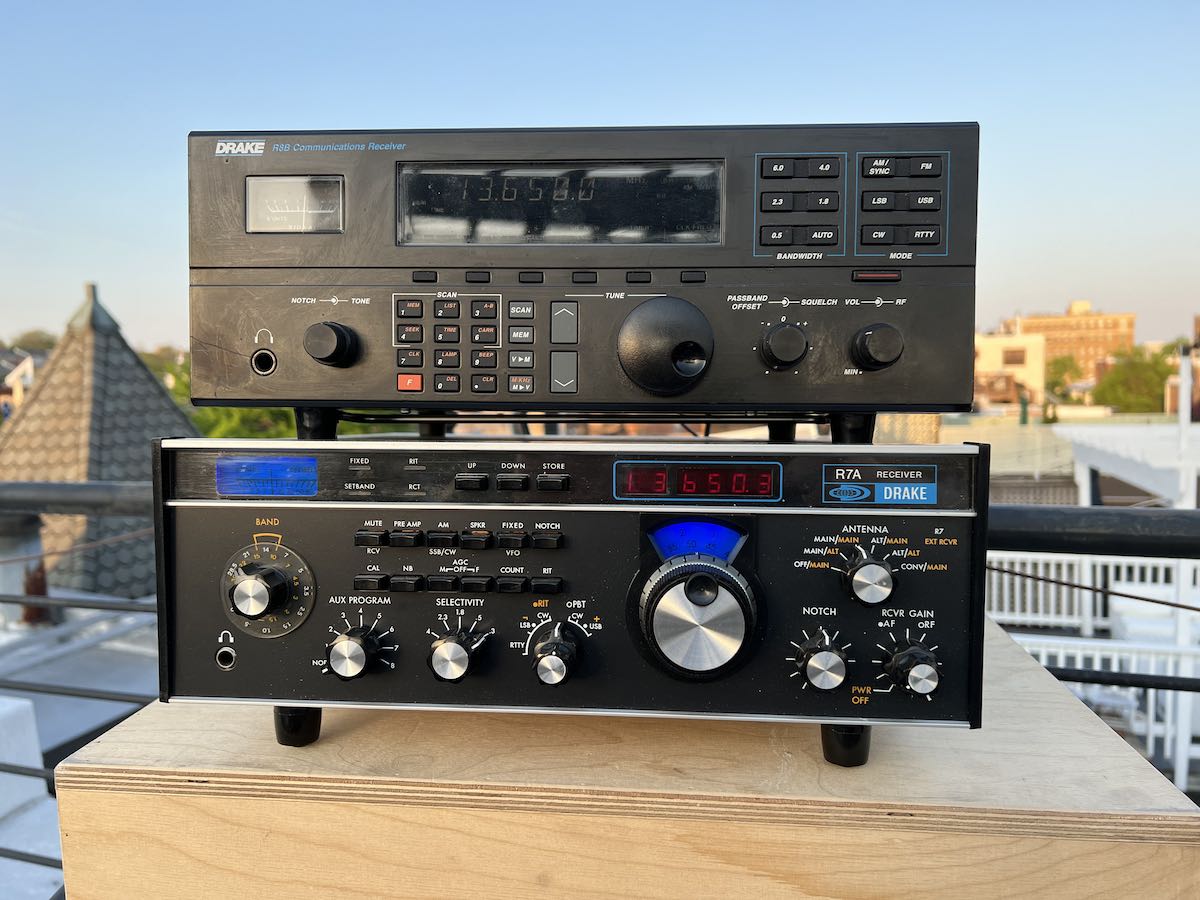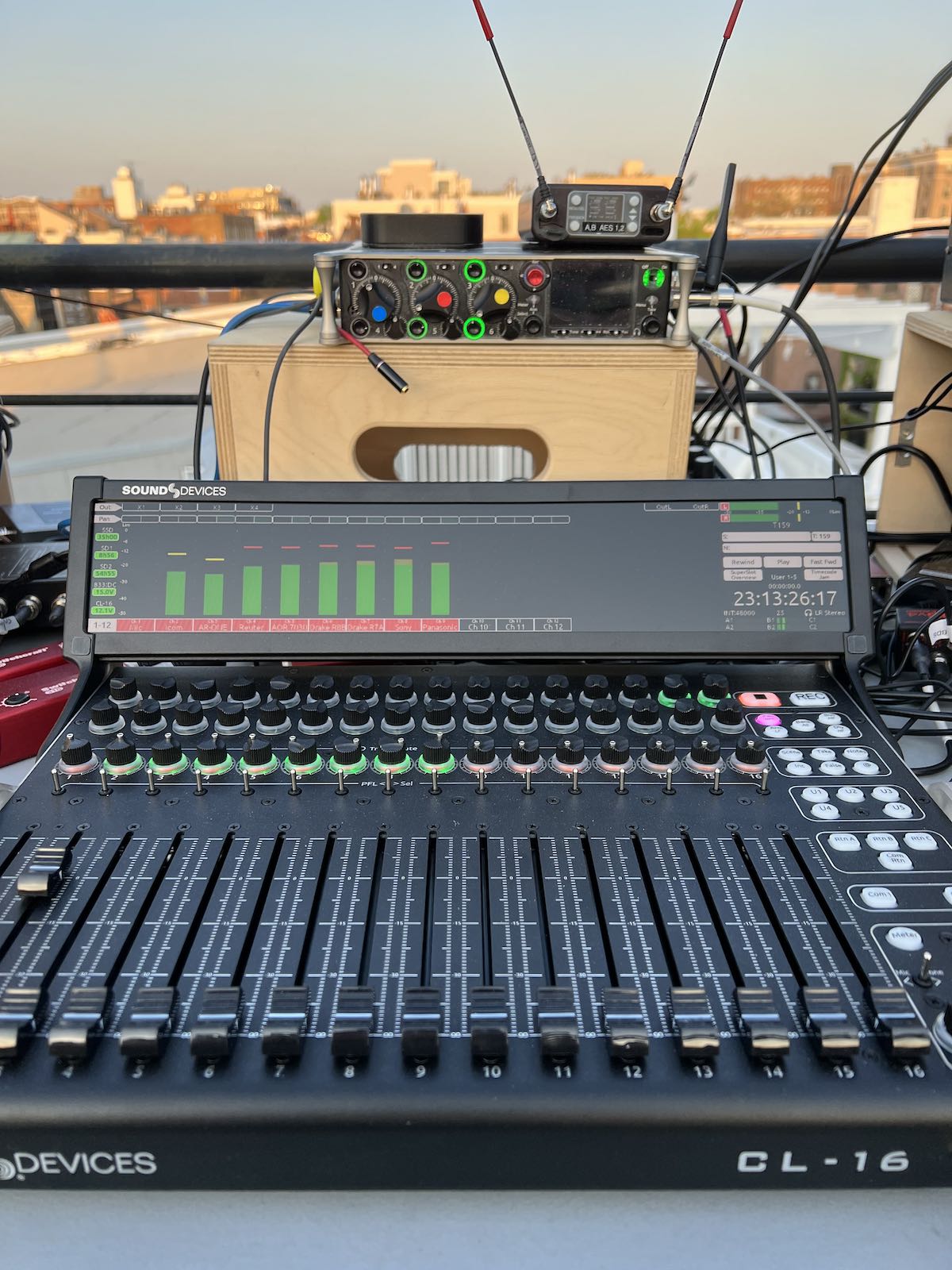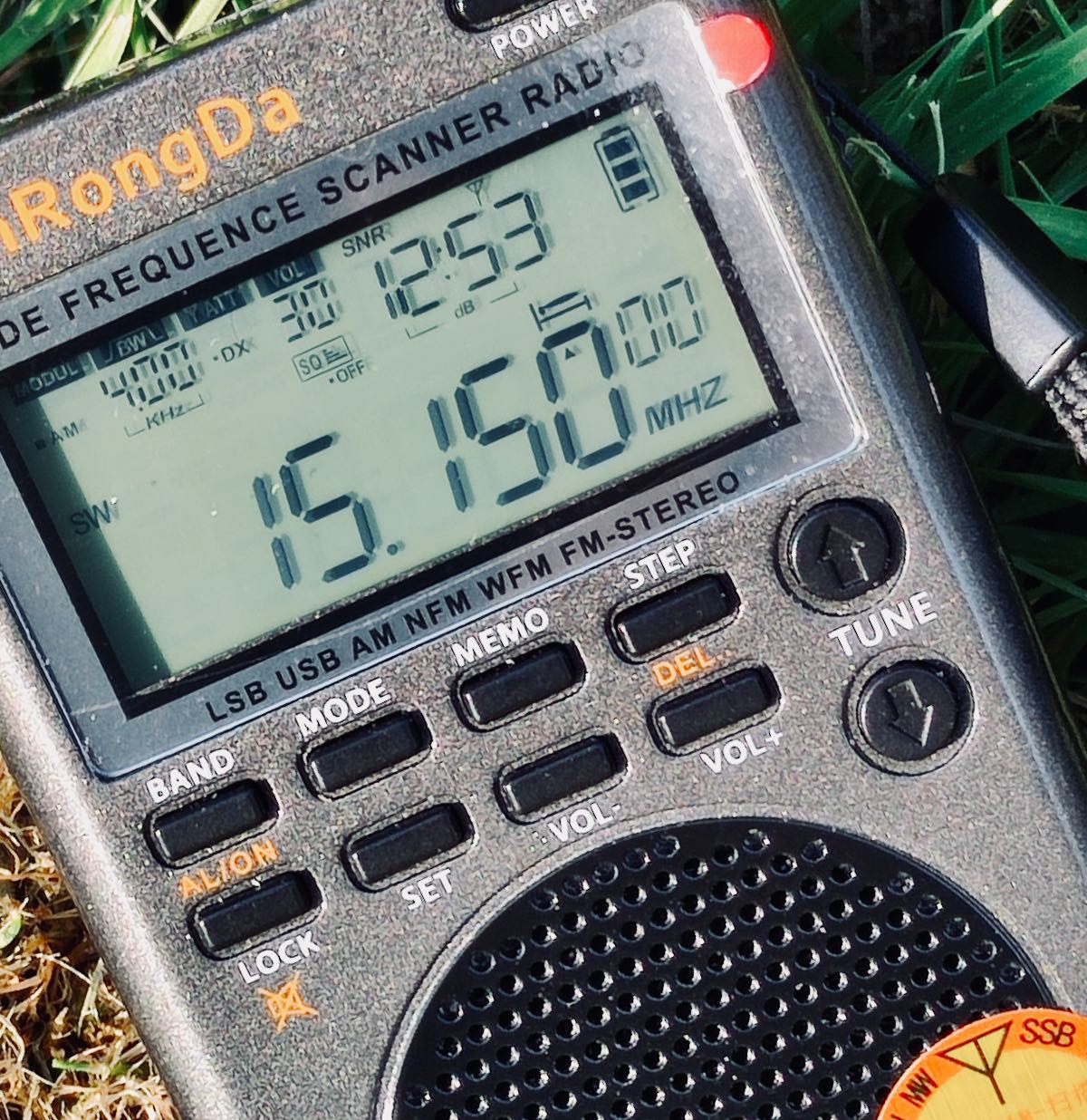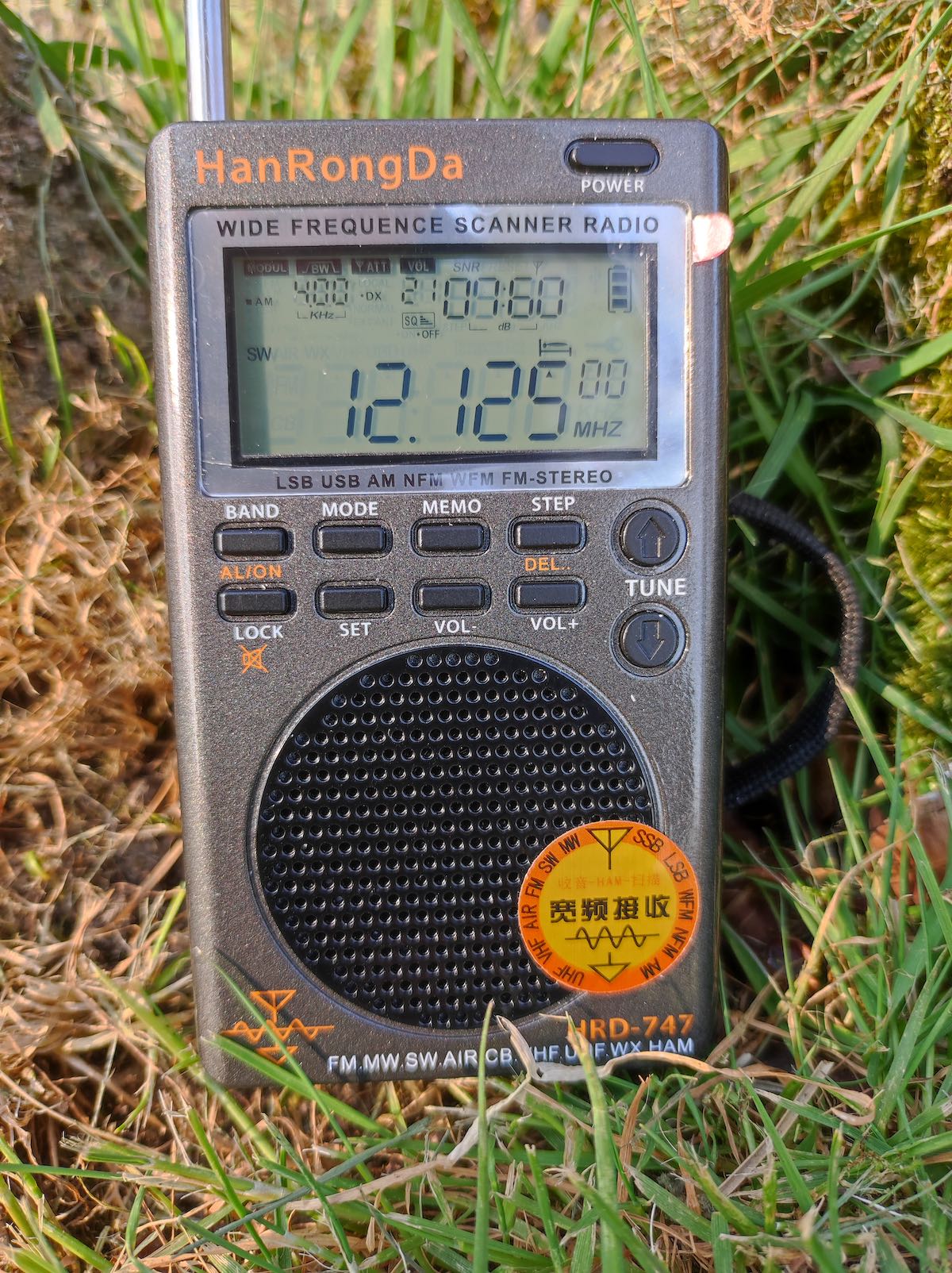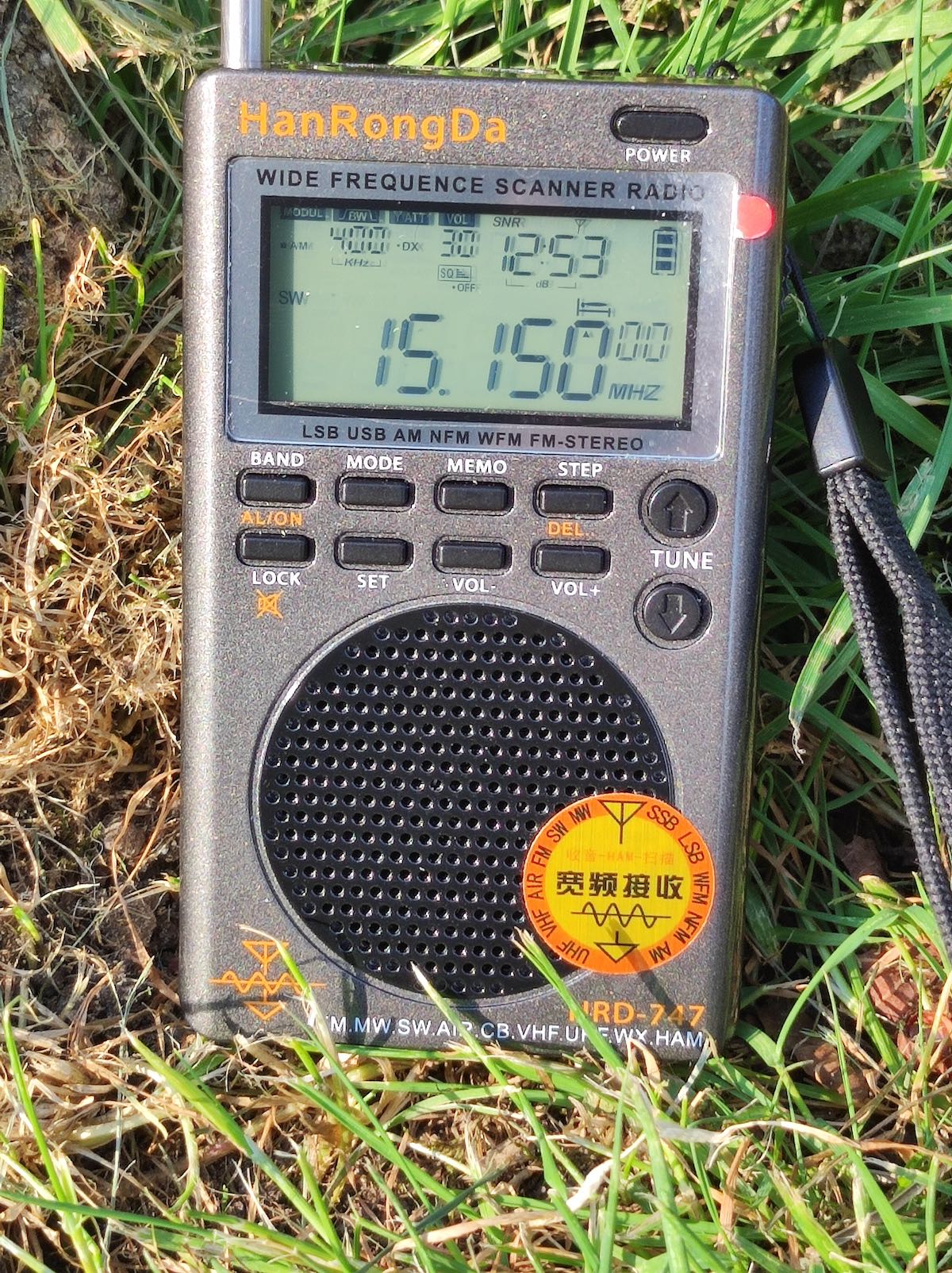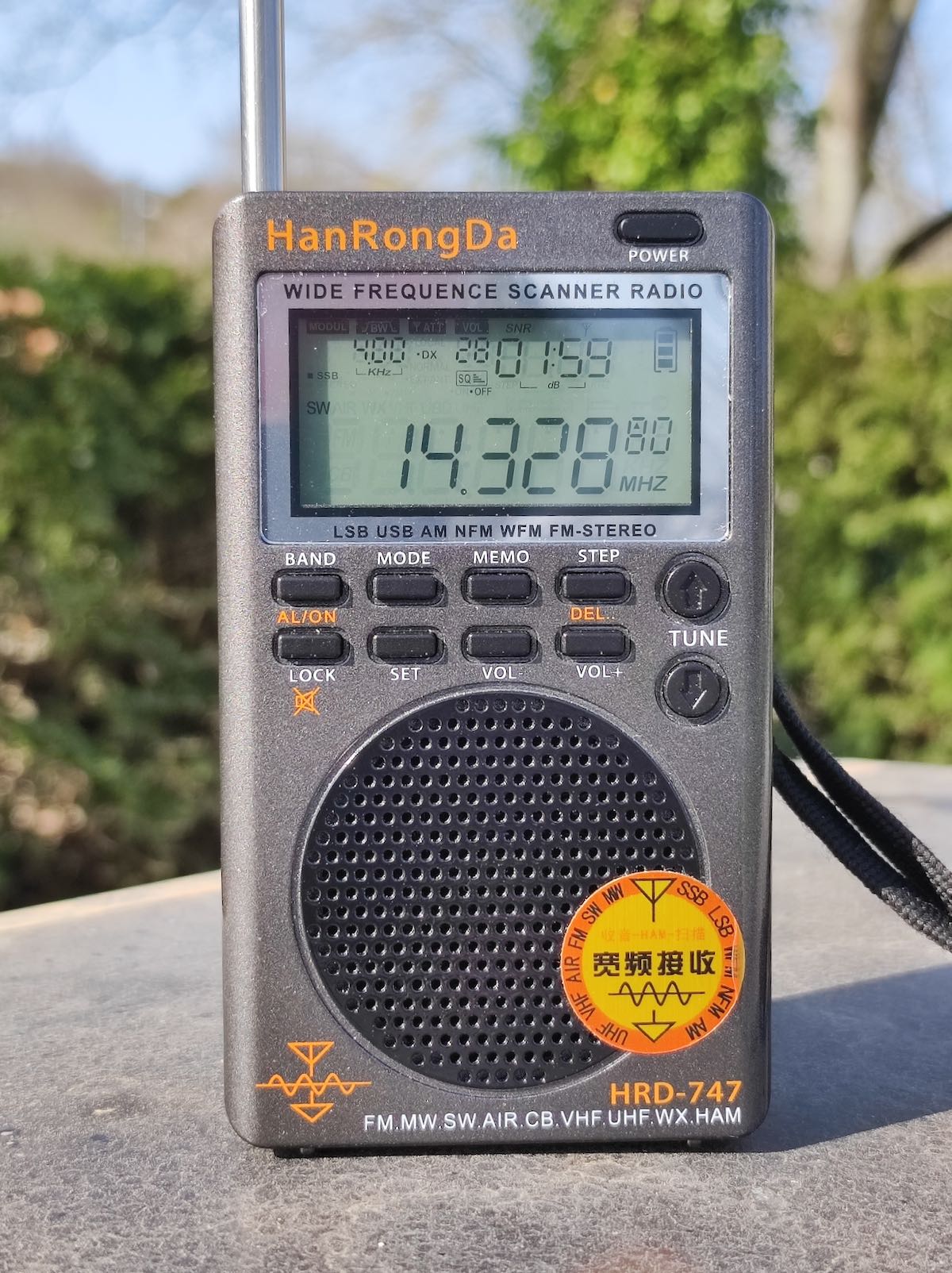Many thanks to SWLing Post contributor, Jack Kratoville, for the following guest post:
My Perfect Radio Trifecta
by Jack Kratoville
Last Fall, I asked SWLing readers to assist me in my decision as to what portable radio I should take on a two-week trip to Germany. While I came up with an initial list of portables I already own, there were some excellent suggestions on what I might pack. (Sidenote to Thomas – yes, my wife and I packed everything we needed into two carry-on pieces, including my 3 radios. Your expertise continues to serve us well!) To all else, thank you again for your thoughts, suggestions and comments.
The Tecsun PL-310ET was a top choice of many, yet one I had previously never taken into the field. It seemed a logical choice for this trip. The second is the Sangean PL-210 and it just fits in any pocket. The third is a DAB receiver someone had given me, tossed in a drawer, and forgotten about until I realized Germany implemented DAB to replace the MW and LW bands. The only name I can find online is the DAB-8. Being quite small, it made the cut and I shoved it in between a couple of tee shirts.
At our destination, I quickly realized I could not have chosen a better trinity for myself. Here’s why.
Tecsun PL-310ET
If this had been the only radio I brought, I would have been more than satisfied. SW signals abound (the war just two countries away was certainly a factor.) A quick hit of the ETM feature at the top of the hour brought in 40-50 listenable signals, with only a scant few broadcasts religious in nature. Even during the day, I could capture 25 easily. With the bandwidth set at 3 kHz, sound was most impressive. While some were the same broadcast on different frequencies, my only real disappointment was the lack of English-speaking broadcasts – but that was to be expected. The PL-310ET scans relatively fast and holds on to strong signals quite nicely.
We stayed with relatives who lived high on a hill not far from Kiel, in the north of Germany. One push of the ETM feature on FM filled the dial with German voices playing mostly English pop music (the eighties apparently a favorite decade there too.) Simply put, the selectivity on this radio is phenomenal. Odd / even frequencies happily sharing adjacent homes on the dial. And with the pre-emphasis on European FM at 50, the sound from this portable was absolute perfection. As a matter of fact, my first complaint about this radio was a bit of harshness on our over-processed FM commercial stations. In Europe, the audio characteristics of classical, pop, rock and talk stations was simply sweet.
My first night on the AM band was a disappointment. One, maybe two signals that didn’t come in very well. Thankfully, I quickly remembered to flip it to 9kHz and – wow! The BBC, Spanish, Italian, and signals that sounded very much like eastern Europe came booming in. I did not expect all of this and can easily say this was the most fun I’ve had band scanning and DXing in a long, long time! Traveling domestically, I’m more apt to load a memory page, but in this situation, the ETM feature was incredibly useful.
For all DXing, I only used the whip and internal antennas. The battery indicator dropped one notch on the second to the last day we were there. The PL-310ET is an absolute true travel performer.
The Tecsun PL-310ET now sits proudly alongside my CCrane Skywave, Digitech AR1780, Eton Executive Satellit (Grundig edition) and the semi-retired Grundig G5. When we travel to London next year, there’s no question this gets packed again.
Sangean PL-210
A radio that became my constant walking companion during Covid. Hand-sized with a really nice on-board speaker for its size. The sensitivity is impressive and considering its PLL circuitry, has excellent selectivity on FM. AM was also impressive for an antenna no more than a half-inch – if that. It went with me to Hamburg, Berlin, Frankfort and Denmark; always just a quick pull from the pocket for a quick scan. To say I like this radio, well, I own three.
DAB-8
My curiosity in DAB was basically zero. One reader actually PM’d me and offered their own DAB receiver, saying I should check it out. (Thank you, Mike, for that generous offer.) This radio sounds great, but has very poor FM reception. (No MW). It does have inputs for mp3 and Bluetooth, so I figured just in case there was nothing to listen to, I could stream something on it. Its small size was the biggest factor in making the trip. Once settled, a quick daytime scan grabbed nine signals easily on DAB and they sounded great. It was the only band that featured more traditional (even country!) music. It’s back in the drawer at home, but I am very glad it made the trip.
Summary
I truly had a blast listening to the various captures on these three radios, the Tecsun being the most impressive and fun. I’m sure many newer models would be excellent choices, but not once did I wish to have something bigger or better. That doesn’t happen on trips very often, so perfection indeed.
My apologies to those looking / hoping for recordings. I stopped recording from the radio back when I opted to purchase 45rpm records rather than record them, complete with DJ patter on my father’s Webcor reel-to-reel. Once I got into the biz, I recorded enough DJ patter to last a lifetime! Again, thanks to everyone for their input.

